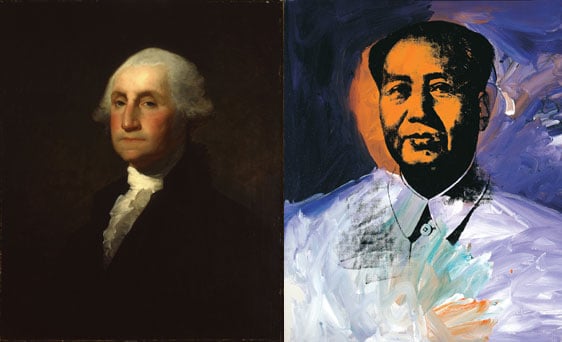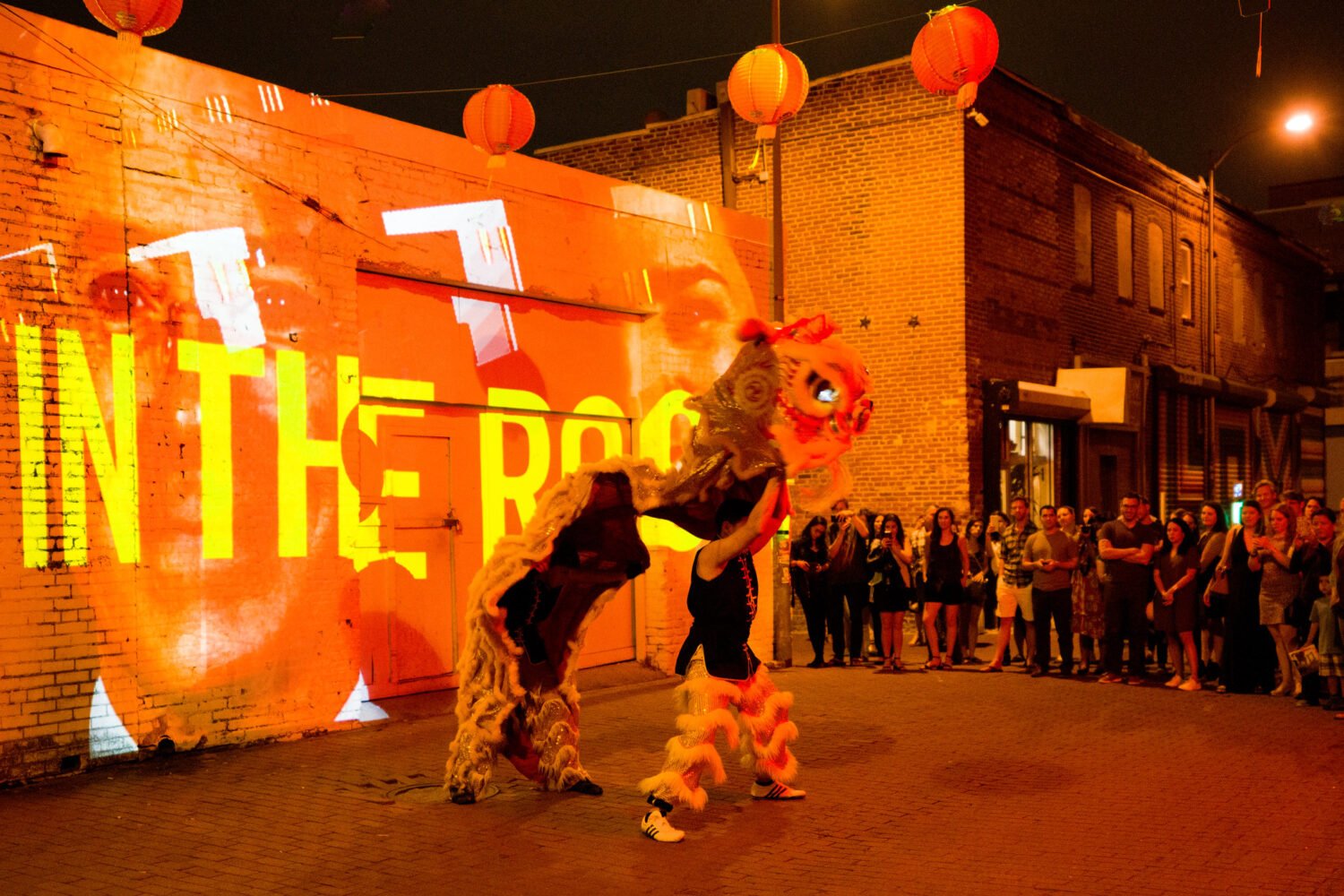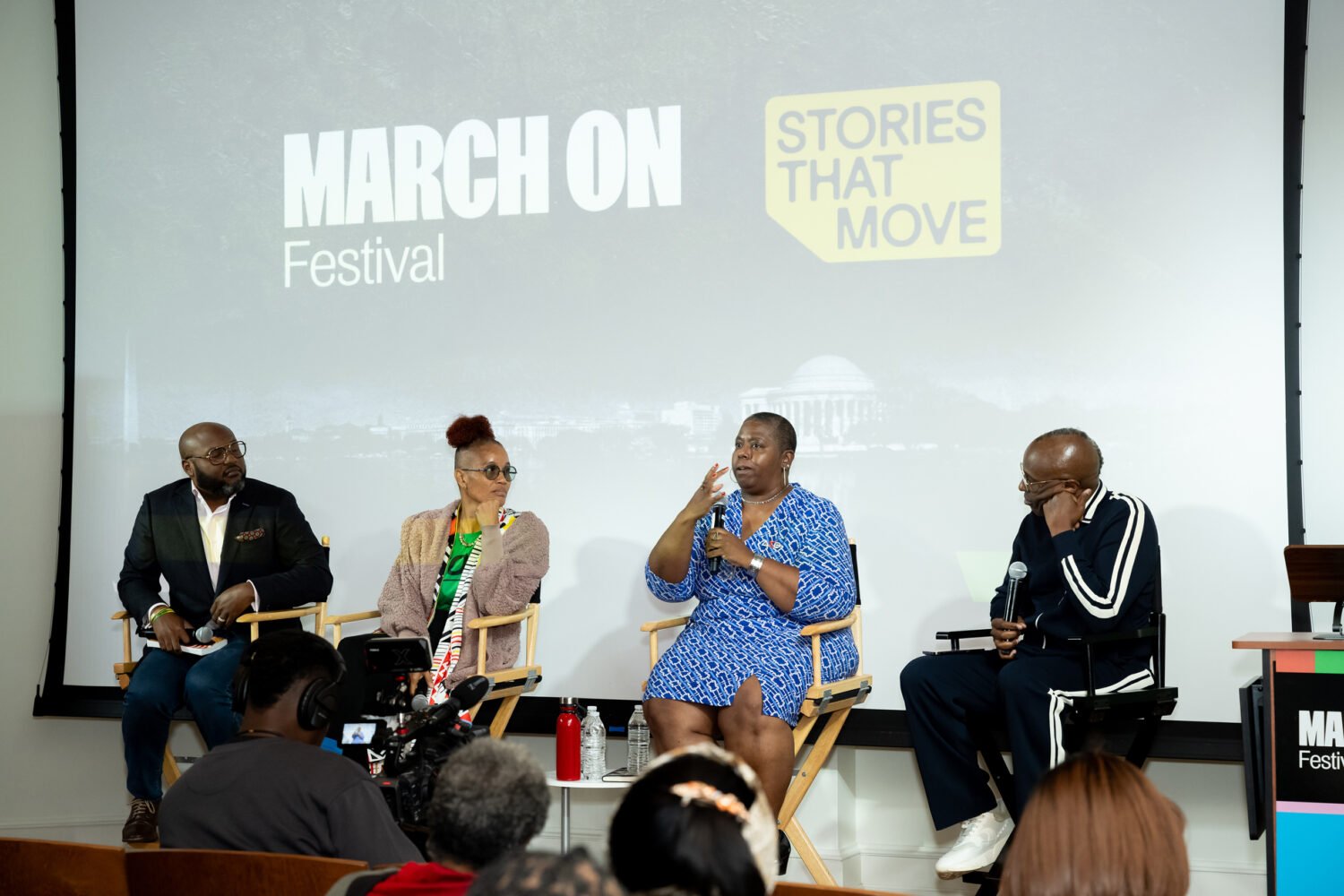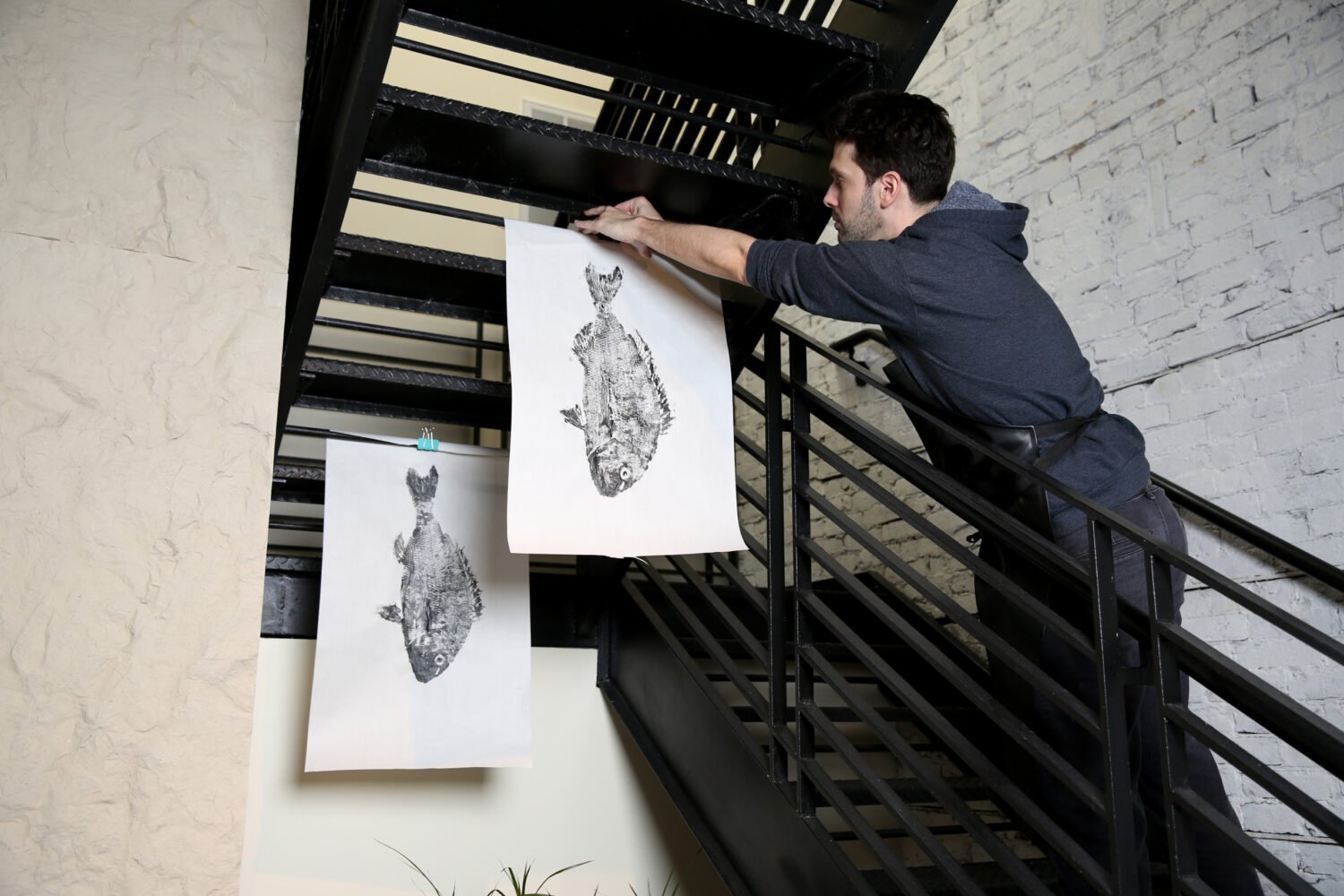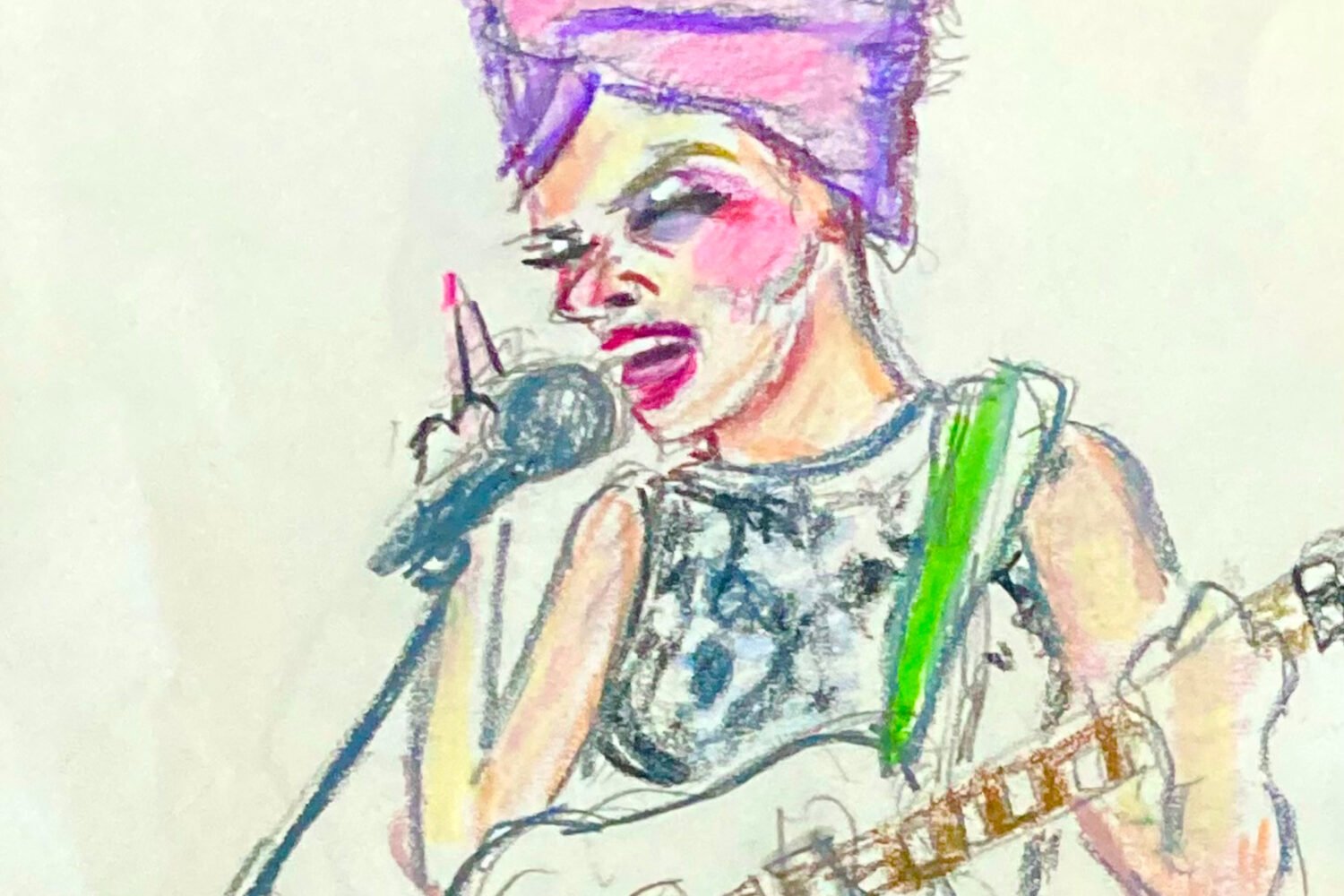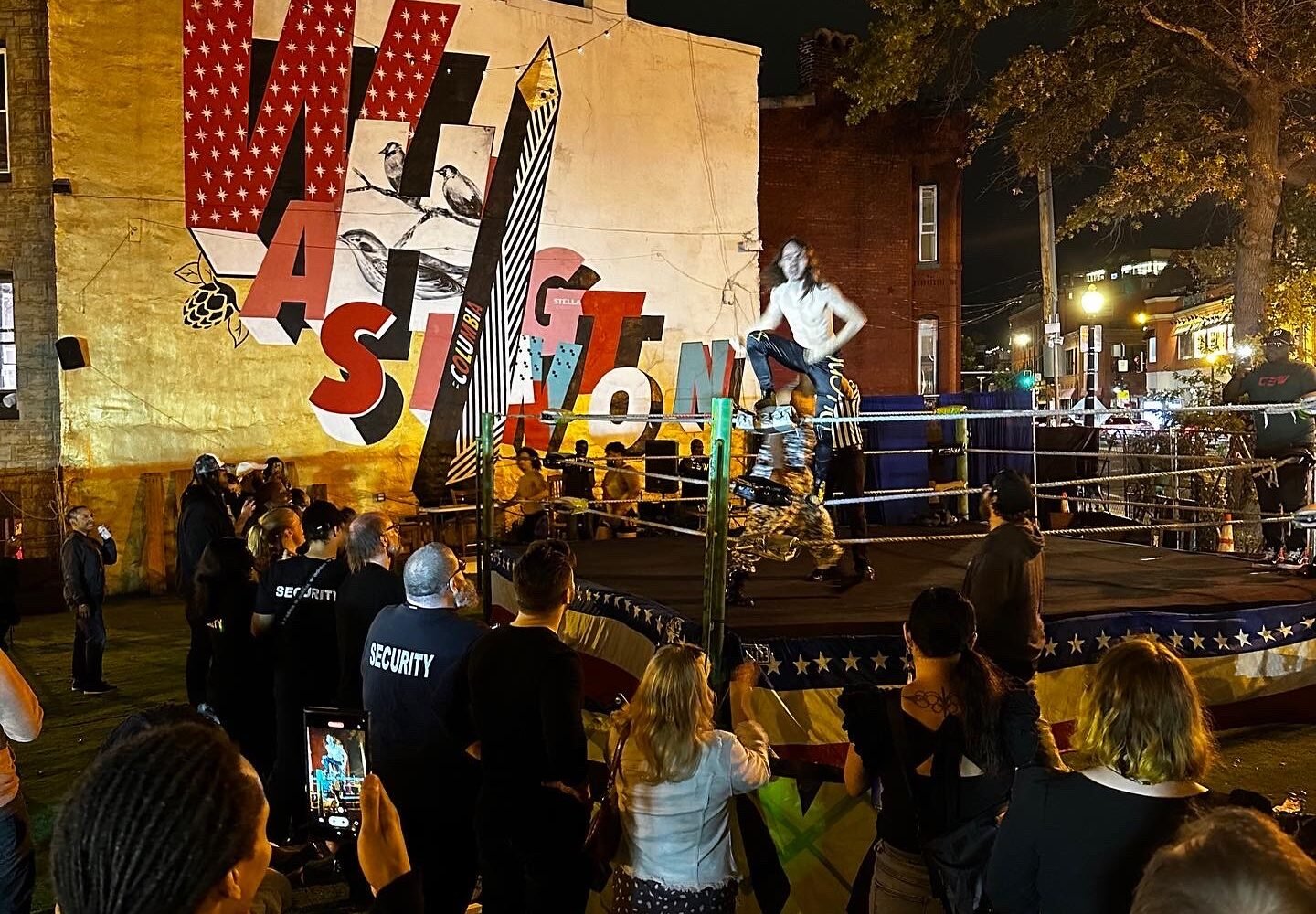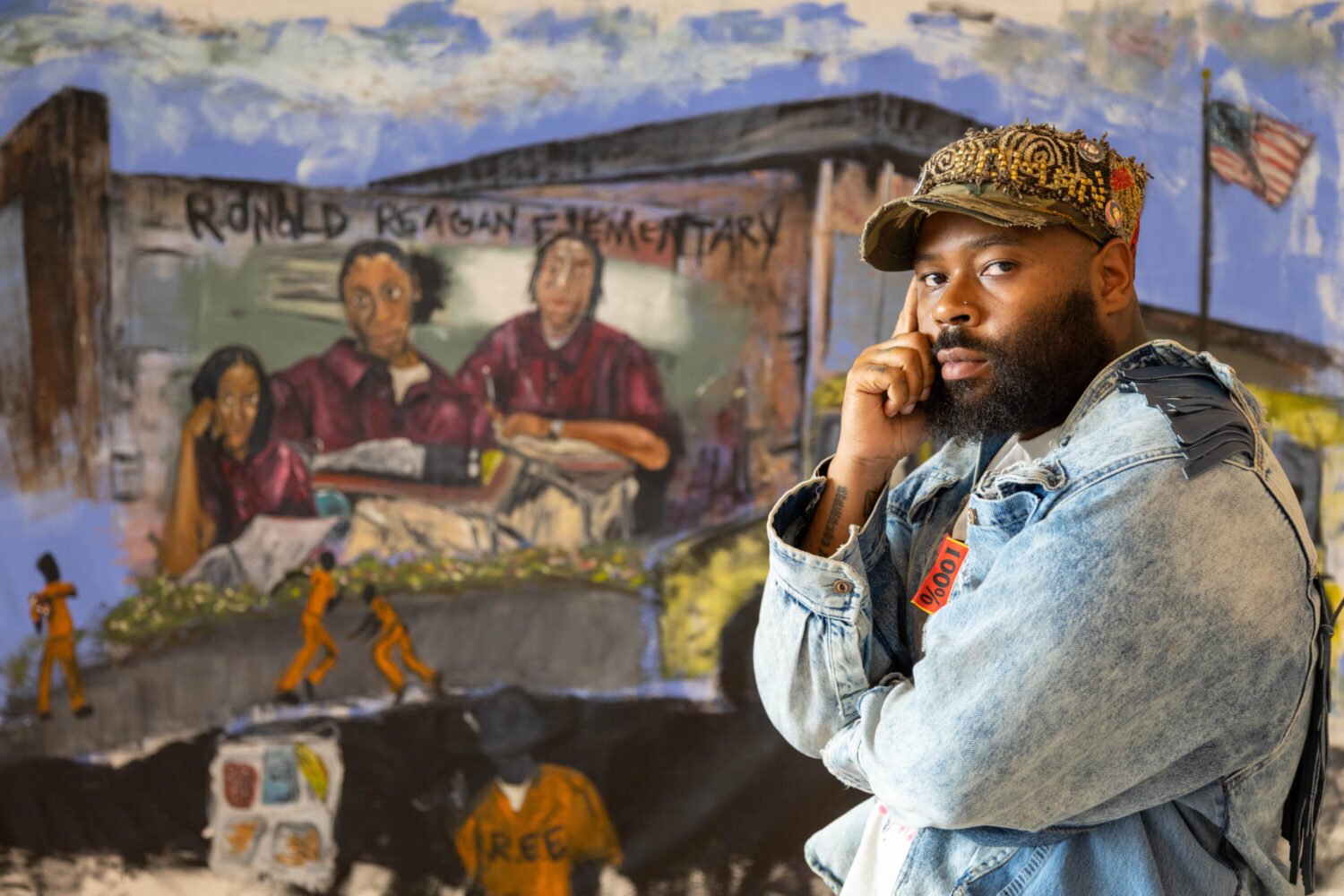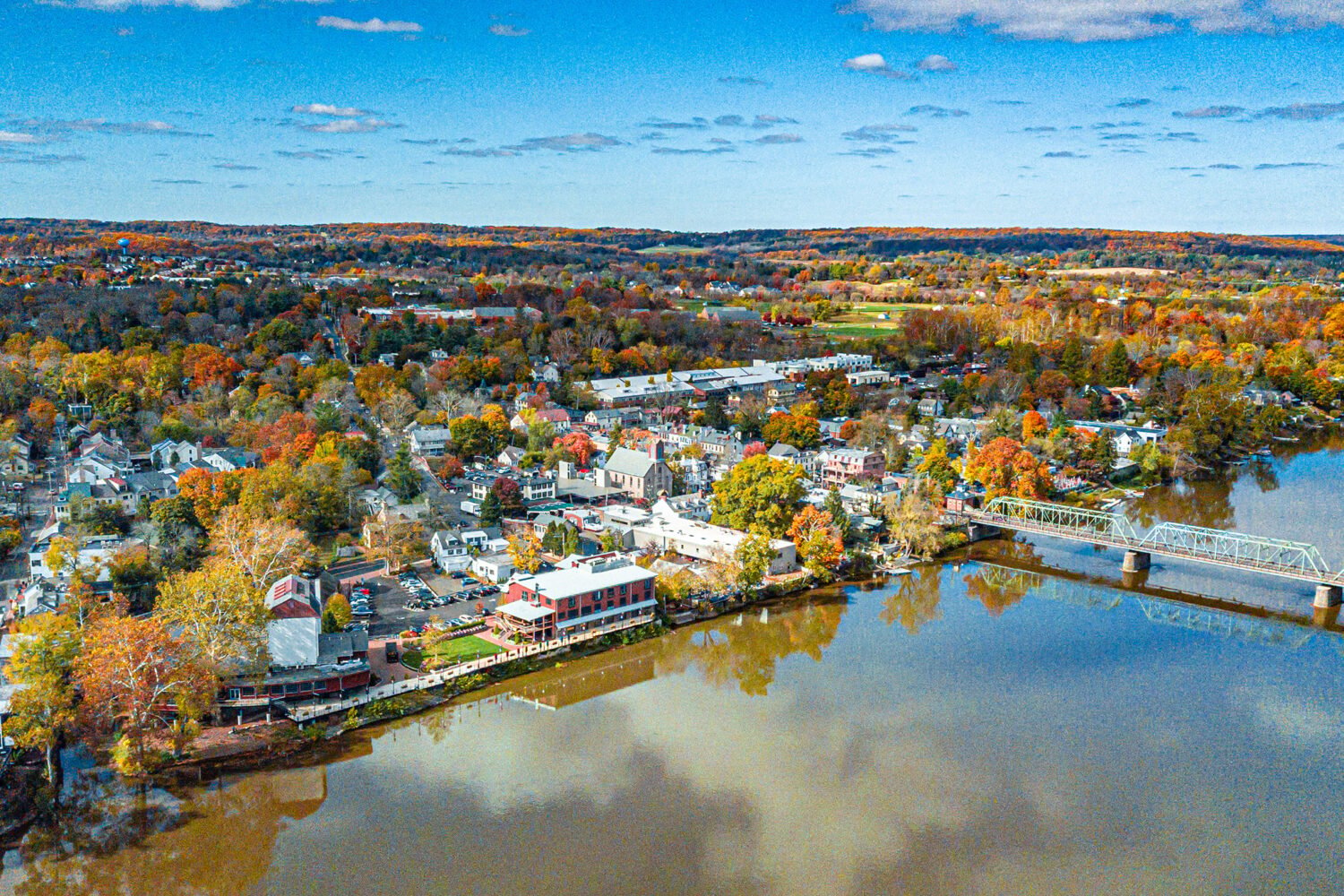No matter what type of art you prefer—abstract or representational, landscapes or portraits—you should find something to like in the new exhibit “The American Evolution: A History Through Art,” opening Saturday at the Corcoran Gallery of Art. The show’s curators hope you’ll see how different periods and genres tie together to tell the story of the nation through art.
With nearly 200 objects, ranging from 18th-century oil paintings to modern-day sculpture, the exhibit illustrates one thing clearly: what a vast collection the Corcoran has—it owns almost all of the pieces on display. Many of the objects have been traveling for three years and are back home.
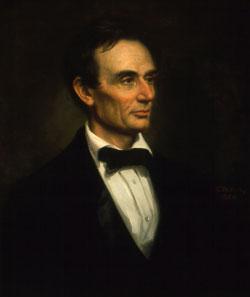
The exhibit opens with the juxtaposition of two iconic works: Gilbert Stuart’s “George Washington” and Andy Warhol’s “Mao.” The playful pairing of these portraits is meant to reinforce the theme that American art has evolved over time—and isn’t created in a vacuum. The exhibit is organized along five themes—money, land, politics, cultural exchange, and the modern world. In the land section, for example, gallery-goers can admire the masterful “Niagara” by Frederic Edwin Church and then, in a later room, contemplate Joan Mitchell’s exuberant “Salut Tom,” a very different and more modern interpretation of a watery landscape.
Other works include George Peter Alexander Healy’s rare portrait of a beardless Abraham Lincoln in 1860; Samuel Morse’s “The House of Representatives” (his lack of commercial success with this work caused Morse to give up painting—he would go on to invent the telegraph); Albert Bierstadt’s panoramic and disturbing “The Last of the Buffalo”; Robert Morris’s “Private Silence, Public Violence” in the provocative politics section; and Richard Dibenkorn’s abstract “Ocean Park #83.”
The exhibit runs through July 27. For the first time at the Corcoran, visitors can listen to the audio tour through their cell phones. For more information, go to corcoran.org.

